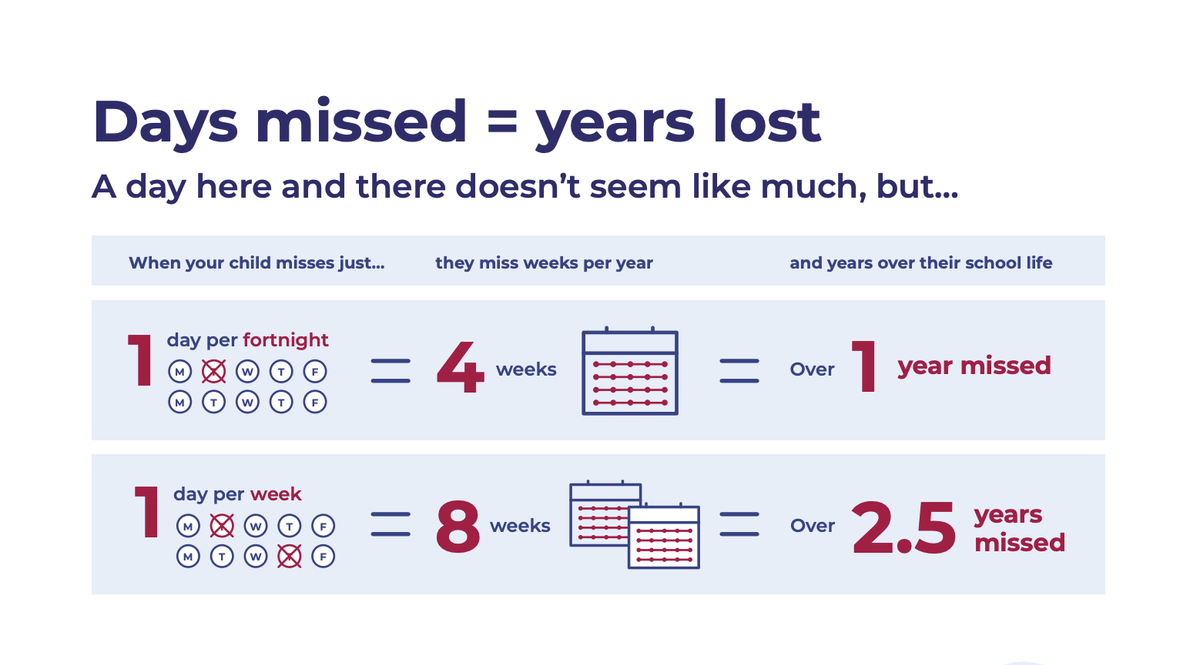From the Principal
Mr David Smith

From the Principal
Mr David Smith
The famed teacher, humanitarian and founder of the American Red Cross, Clara Barton, once claimed “The surest test of discipline is its absence.” School discipline is a ‘hot’ issue and was discussed at the Sydney Morning Herald Education Summit last week, with one of the speakers going as far as claiming that Behaviour should be a subject in the education curriculum. OECD data claims that Australian classrooms are amongst the most disrupted in the world.
In schools everywhere there are countless discussions on behaviour policies, punishment, rules and sanctions. It is easy to find views in society such as “That kid needs more discipline!”, “I don’t agree with my child’s detention? It is so draconian!” or “Bring back the stick!
Holistically, one of our primary responsibilities is to guide and support students towards becoming responsible, respectful, and well-rounded individuals. Central to this is the concept of discipline - a term often used interchangeably with punishment, yet they hold distinct meanings and implications for our children's development.
Discipline in its traditional sense was punishment for wrongdoing. It typically involved consequences imposed by a teacher, often in a manner intended to inflict discomfort, with the primary goal of deterrence. While such punishment may have yielded immediate compliance, its long-term effectiveness in promoting positive behaviour and character growth was questionable.
On the other hand, discipline embodies a holistic approach to guiding behaviour that emphasizes teaching and learning. Discipline is not merely about correcting mistakes but also about cultivating self-awareness, responsibility, ownership of behaviour and empathy in our students. Unlike punishment, which tends to be reactive and punitive, discipline is proactive and constructive. It aims to instil values, foster self-control, and empower individuals to make wise choices.
Some key differences between discipline and punishment include:
At Calrossy we are committed to growing a positive and holistic culture of discipline —intellectually, emotionally, and ethically. We hold to high standards and don’t apologise for these. However, the last thing any teacher or parent wants is class disruption or an unsafe environment. We also recognise that discipline is more than a one-size-fits-all approach but rather, a dynamic process that requires collaboration, understanding, and ongoing partnership. between educators, parents, and students.
I am not arguing against the use of consequences or sanctions for disruption and inappropriate behaviour. There is a place for punishment at school but, it should be thoughtful, appropriate, restorative, and focussed on growing a positive school environment in which students successfully engage, belong and where learning flourishes. It is an act whilst developing discipline is a process.
‘What is most powerful is a school-wide commitment to discipline, pervading every aspect of school life, assisting students to adapt their talents and efforts to improvement, problem-solving and achievement.’
To support our strategic goal of Learning in Partnership, we invite our community to partner with us in fostering a climate where discipline is viewed than more than punitive measures and is one that seeks to grow our students, age appropriately, to equip them to navigate life's challenges, developing discipline in their own lives.
The words of the writer of Hebrews seem appropriate, applying to the discipline of God - No discipline seems pleasant at the time, but painful. Later on, however, it produces a harvest of righteousness and peace for those who have been trained by it (Hebrews 12: 11)
Education in New South Wales is compulsory for all children between the ages of six years and below the minimum school leaving age of 17 years. The Education Act 1990 requires that parents ensure their children regularly attend school each day.
At Calrossy we encourage high attendance. The best place to learn is at school and regular attendance builds momentum, confidence and growth. Schools are measured on our attendance rate and report to the authorities. For this reason we include this information on school reports.
Whilst we understand that there may be occasions when children are sick or exceptional family circumstances exist, our Executive term is focussing on maintaining a high level of attendance. All the data and research emphasises the benefits. We seek to minimise breaks, days off and disruptions. Holidays and breaks in Term time are discouraged, especially given that up to 13 weeks of vacation time is enjoyed by the students.
The importance of arriving on time at school also ensures that students do not miss out on important learning activities scheduled early in the day and reduces classroom disruption. Lateness is recorded as a partial absence and must be explained by parents.
We are not wanting to be unreasonable but seek to strongly encourage parents to partner with staff to support high attendance rates, so that our students get the maximum benefit from class time, in order to most effectively learn and flourish in the school environment.


Whilst the chocolate and public holidays are enjoyable aspects of modern day Easter, when I think deeply of the underlying message of the season, it astounds me.
An innocent man dying in our place is stunning enough, but for Jesus on the cross, to ask his Father to “Forgive them. They don’t know what they are doing.” is quite shocking. That our God sent Jesus to die, to take our place, so that we could be in relationship with him, forgiving those who killed and taunted him, is incredible. May our eggs, public holidays and Easter Bunnies (or Bilbies) also allow us to reflect on the great hope and joy found in the message of the man who died on the cross, because he loved us and wants friendship with us all. That he rose again is great news for all.
Don’t be alarmed,” the angel said. “You are looking for Jesus the Nazarene, who was crucified. He has risen! He is not here. Mark 16: 6
David Smith
Principal